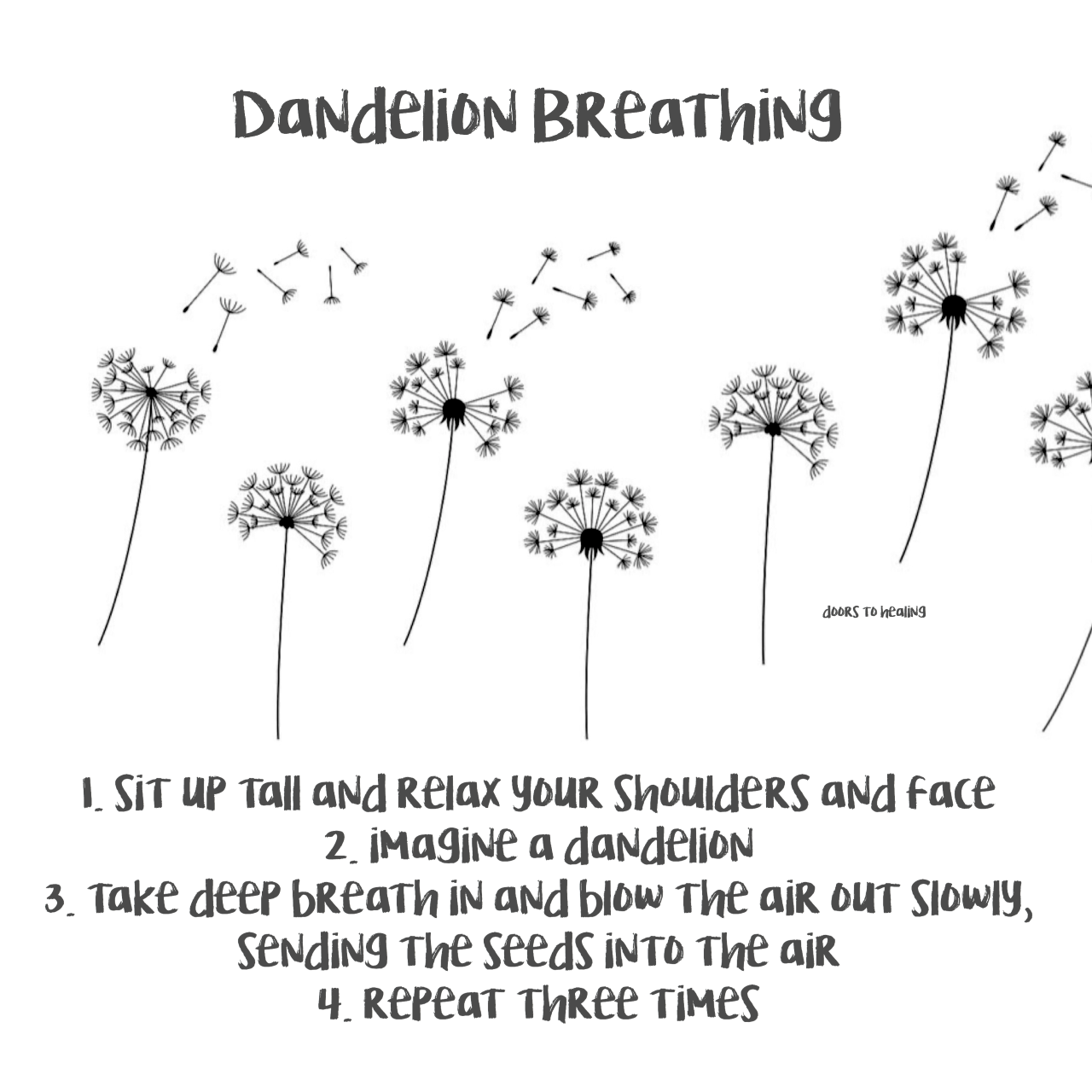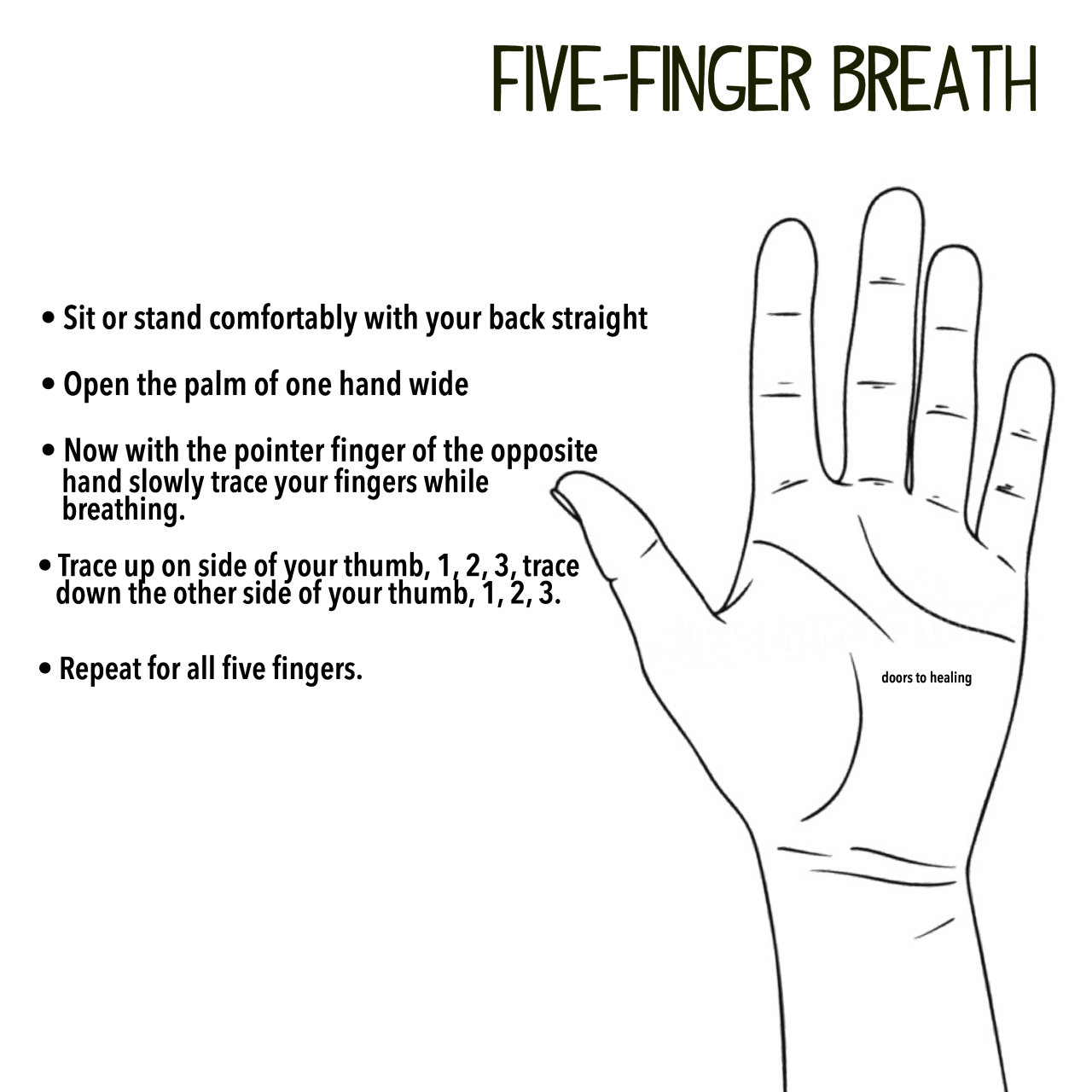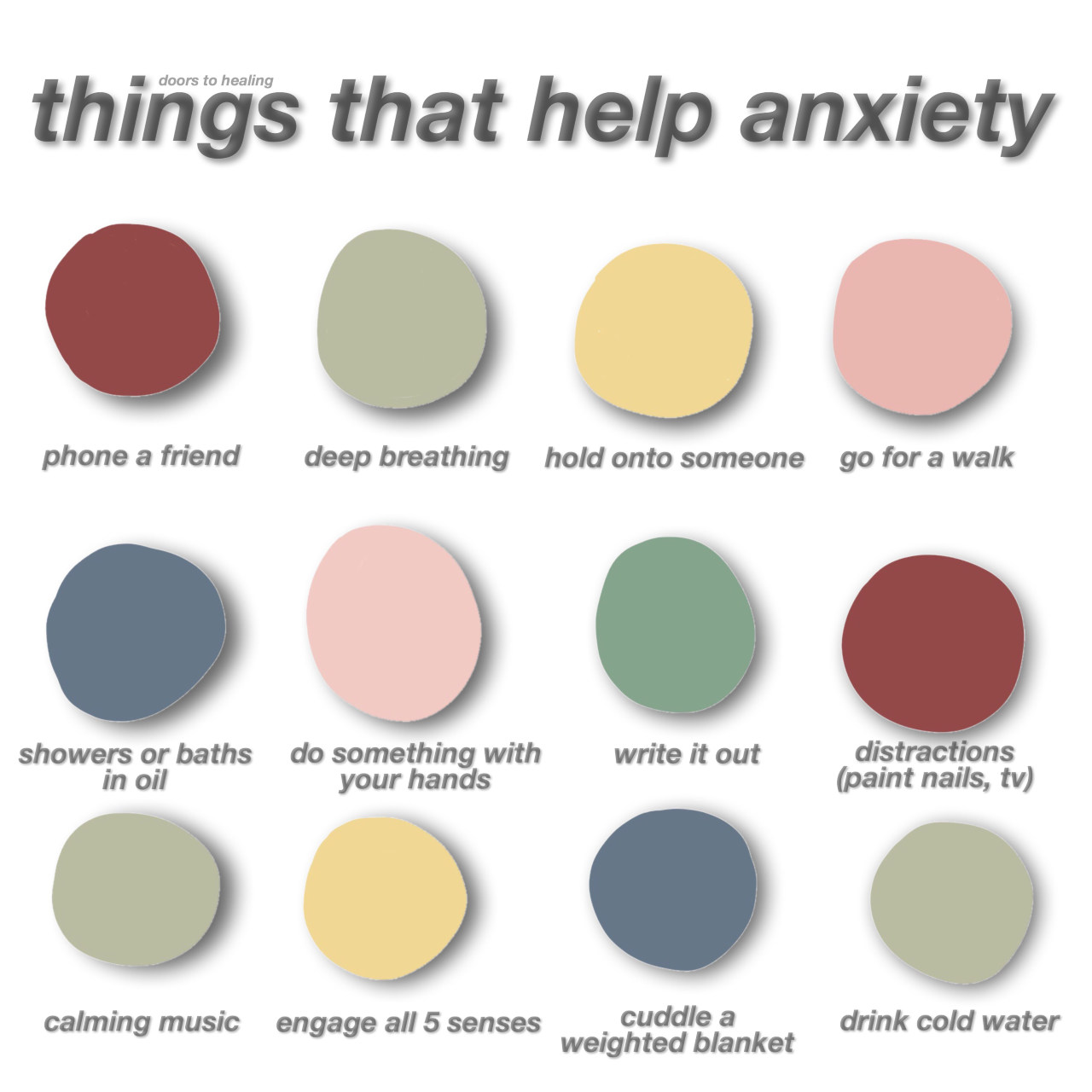Doors to Healing offers unique and gentle treatment options, such as Traumatic Incident Reduction, Life Stress Reduction and Energy Healing to help you live a more fulfilled life.
Practice breathing exercises during calm moments, rather than waiting until your child is upset. This teaches kids new habits, and gives them tools that they can use when they are upset. Don’t wait for the storm to try to engage your child in these breathing techniques.
Learn to identify when your child is entering the yellow zone. Get acquainted with their triggers so you can encourage breathing exercises before you enter meltdown territory. (Red volcano zone).
It’s always easier to calm a child before full eruption ensues.
Create a “busy box”, a “bored box” or a “calm container”. These “boxes” can be used a variety of ways, or maybe you want to create several different ones for different times of the day. Some parents find it helpful to only give the box at specific times, and others leave them out in convenient places for their kids to use as they are interested. Whatever you choose, consider changing, or rotating the items in the box frequently so that they are always fresh and interesting.
Some ideas to include:
craft supplies
play doh or silly putty
a variety of paper, markers, crayons, pencils and stickers
stress ball
coloring pages
Cheerios or fruit loops and a string to make edible necklaces or to hang in the trees for the birds to feed on.
puzzles
supplies to create cards for friends, grandparents or to send to a loved one in the nursing home
bubbles
books
jump rope
musical toys (or better yet, the supplies to make and decorate some) Coffee cans or containers with dried beans, pasta or rice work
Create a weekly “calendar” filled with something to look forward to every day. Here are some ideas:
Whip up some “nice cream”, milk shakes, smoothies or banana splits and do at home manicures, pedicures or facials. Visit my friend Emilee from Jem Glamorganics on Instagram @jemaesthetics for a homemade honey tapping lesson that is fun for the whole family. Nice Cream recipe below!
Making banana nice cream is as easy as freezing peeled bananas, adding them to the bowl of your food processor, and and blending until smooth, using the “S” blade. You can do this with any fruit add ins. My kids love banana-mango nice cream. My personal favorite is banana with peanut butter!
Popcorn and a movie night. Set up an area with a snack bar and your favorite movie theater snacks. Let the kids get creative by making ticket stubs and running the snack bar
Make your own pizza night and go bowling in your family room. You can use a kids bowling set or make your own “pins” out of things you have on hand. Cereal boxes, cracker boxes or plastic cups work
Bake some cookies and dress up and have a tea party.
Make some hot chocolate or apple cider and put it into travel mugs. Take a drive with no destination. See if the kids can be the “navigation” and tell you how to get to Grandmas house. Don’t be afraid to make “wrong turns” and get totally lost. It’s not about the destination- it’s about the journey!
Make some treats and do door drops to friends and family. Giving air hugs and blowing kisses from a distance. Have the kids decorate brown paper bags to hold the treats or make a homemade card or picture.
Paint rocks and go on a walk, leaving them places to brighten up the days of people walking by.
Create a sacred space for kids to “get away” or take a time out. Blanket forts or tents can be fun or even a cushion or stool in a section of a room that’s all their own. Allow them to bring things into this special space and go there whenever they are needing a break or some time alone.
Journal- give the kids a journal and encourage using it to write as often as they wish not just about the pandemic but about anything at all. We aren’t likely to ever experience anything like this again. Talk to them about writing their feelings day to day, what they are witnessing, what they think life will be like after this, is there good from this, what have they learned, what is the best part, what is the worst part, are they inspired to set goals, are they sad about things that are lost- school, visiting family and friends. Nearly all of the school work is done with a computer or tablet at this time, so not only is this likely to be a treasured keepsake it also gets pen to paper.
If we do not address trauma and other difficult situations affecting children while they are young, then these adverse experiences will continue to affect them as adults. Contrary to some beliefs, traumas do not just go away and children do not just forget about what has happened. Toxic stress and trauma can alter a child’s brain chemistry. Working with kids can change their lives forever. Resolving trauma in the young can help to positively change a generation, and even reduce the impact of trauma on future generations.
Have some fun on Pinterest- pin things to do together - get creative! Cooking and Crafting is fun together!
Have a family paint party night. Paint on canvas, paper or your windows
Get out the sidewalk chalk and create!
spray paint a twister board in your yard and have a family game outside.
make giant “scrabble”. or “bananagram” pieces out of cardboard and markers and play a game out on the lawn
HAVE FUN- see how creative you can get!
Special thank you to my dear friend Tom Knapp @graphicconversations Follow him for some different conversation!
Spend extra time playing with children. Children will rarely communicate how they are feeling, but will often make a bid for attention and communication through play. Don’t be surprised to see therapeutic themes of illness, doctor visits, and isolation play through. Understand that play is cathartic and helpful for children—it is how they process their world and problem solve, and there’s a lot they are seeing and experiencing in the now. See below for a lesson on Conversational Remedy that you can use at home with your loved ones and children along with some worksheets that can be used to talk to kids about how they are really doing.
Conversational Remedy
Conversational Remedy is a useful tool to reduce charge when someone has just experienced a trauma, or is still experiencing one. We are experiencing trauma in our current world. Some of us are working in, or love someone working on the front lines. Some of us are grieving the loss jobs, school and routine. Some of us have high levels of anxiety, and some of us are being activated by past experiences, or feeling trapped. Stress levels are high and we all need to talk about how we are doing. You can use this lesson for anything and at any time someone is upset by anything at all! You can also use it for positive experiences – people love to share about those too!
The simplest way to handle a recent shock, especially with a child, is to just let them talk about it and listen carefully. S/he may need some encouragement at first. You can encourage a person to say more in various ways. “Tell me what happened,” “Did anything else happen?”, “Is there anything (or anything else) you want to tell me about that?” and similar prompts can be used, until the person has finished telling you. Refrain from any hint of positive or negative judgments, avoid multi-tasking, and checking your phone
Just acknowledge by letting him/her know that you hear him/her and comprehend what s/he has said. (I understand what you’ve said, is there anything else you’d like to tell me about this/ or similar prompts) Someone is usually willing or even eager to tell you about a traumatic incident if you are a safe person to talk to. You become safe by avoiding interpretations and judgments. Avoid smiling, nodding or showing your own emotion.
Be willing and prepared to receive a long account, and do not get impatient or try to cut it short. If the person has told you about the incident but still has attention on it, ask him/her to tell you about it again. You can repeat this as many times as needed for the person to brighten up and come more into the here and now.
Note: if the person is not looking at you and looking off, don’t be offended in any way – they are “viewing” their event- this is common when they feel safe.
Say, a child has had a nightmare, after one or more re-tellings of the incident, s/he will come up the Emotional scale through grief or fear to a happier place. S/he will then be able to relax and go back to sleep.
It may very well be that no more than one or a few such re-tellings will prove necessary with children, after which the child may be quite happy, with no more attention trapped in the area.
When you are using Conversational Remedy with a friend or loved one, you can do this exact same thing. What happened next? Would you like to talk through that again?
When someone knows you are there to listen, they will continue to share. When they are given the floor to talk as long and as much as they want to about the topic they are sharing, they will eliminate “emotional charge” and surely leave you feeling lighter or “better” in some way.
Expect behavioral issues in children, and respond gently. We are all struggling with disruption in routine, none more than children, who rely on routines constructed by others to make them feel safe and to know what comes next. Expect increased anxiety, worries and fears, nightmares, difficulty separating or sleeping, testing limits, and meltdowns. Do not introduce major behavioral plans or consequences at this time—hold stable and focus on emotional connection.
Focus on safety and attachment. We are going to be living for a bit with the unprecedented demand of meeting all work deadlines, homeschooling children, running a sterile household, and making a whole lot of entertainment in confinement. We can get wrapped up in meeting expectations in all domains, but we must remember that these are scary and unpredictable times for children. Focus on strengthening the connection through time spent following their lead, through physical touch, through play, through therapeutic books, and via verbal reassurances that you will be there for them in this time.















